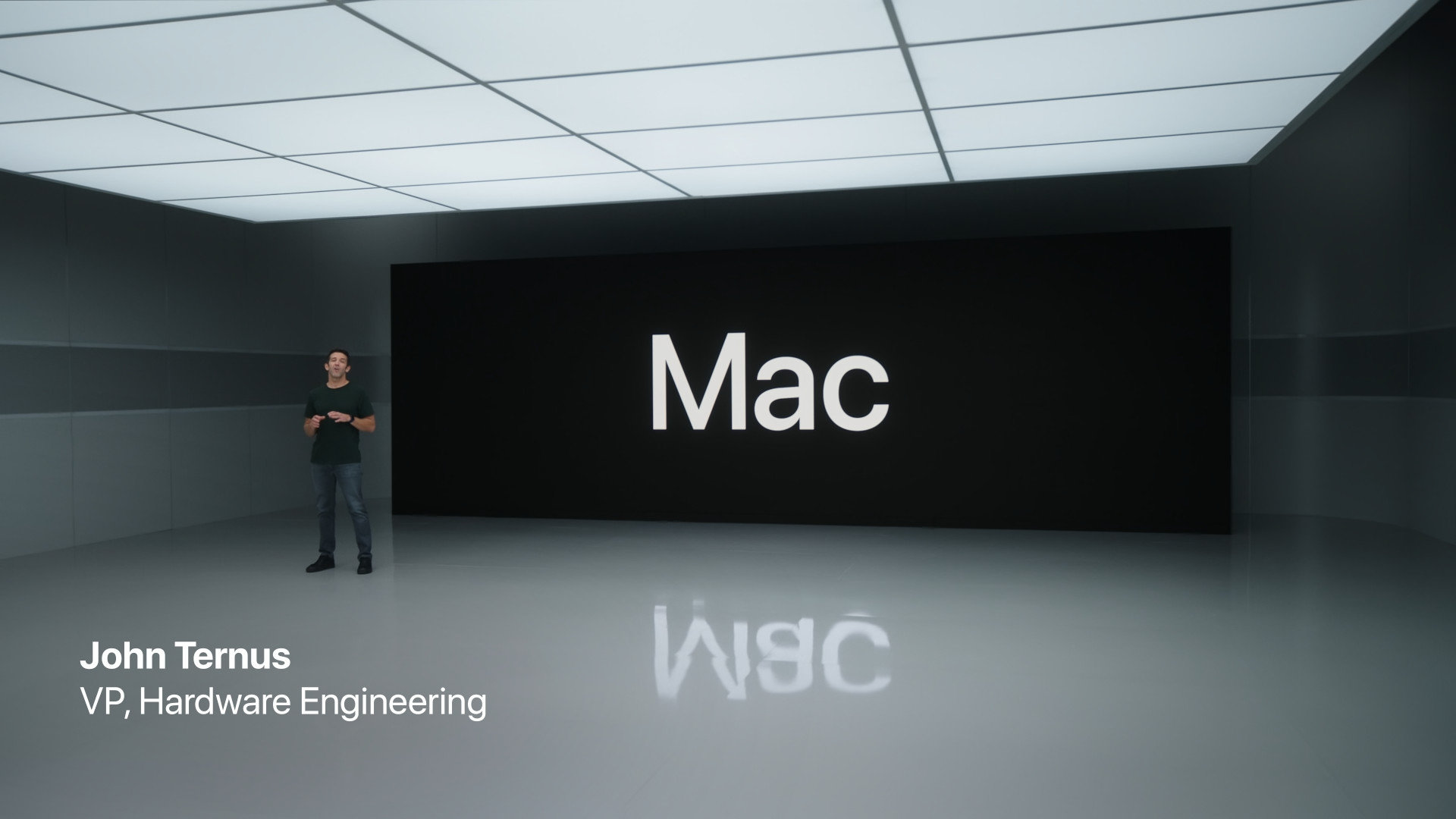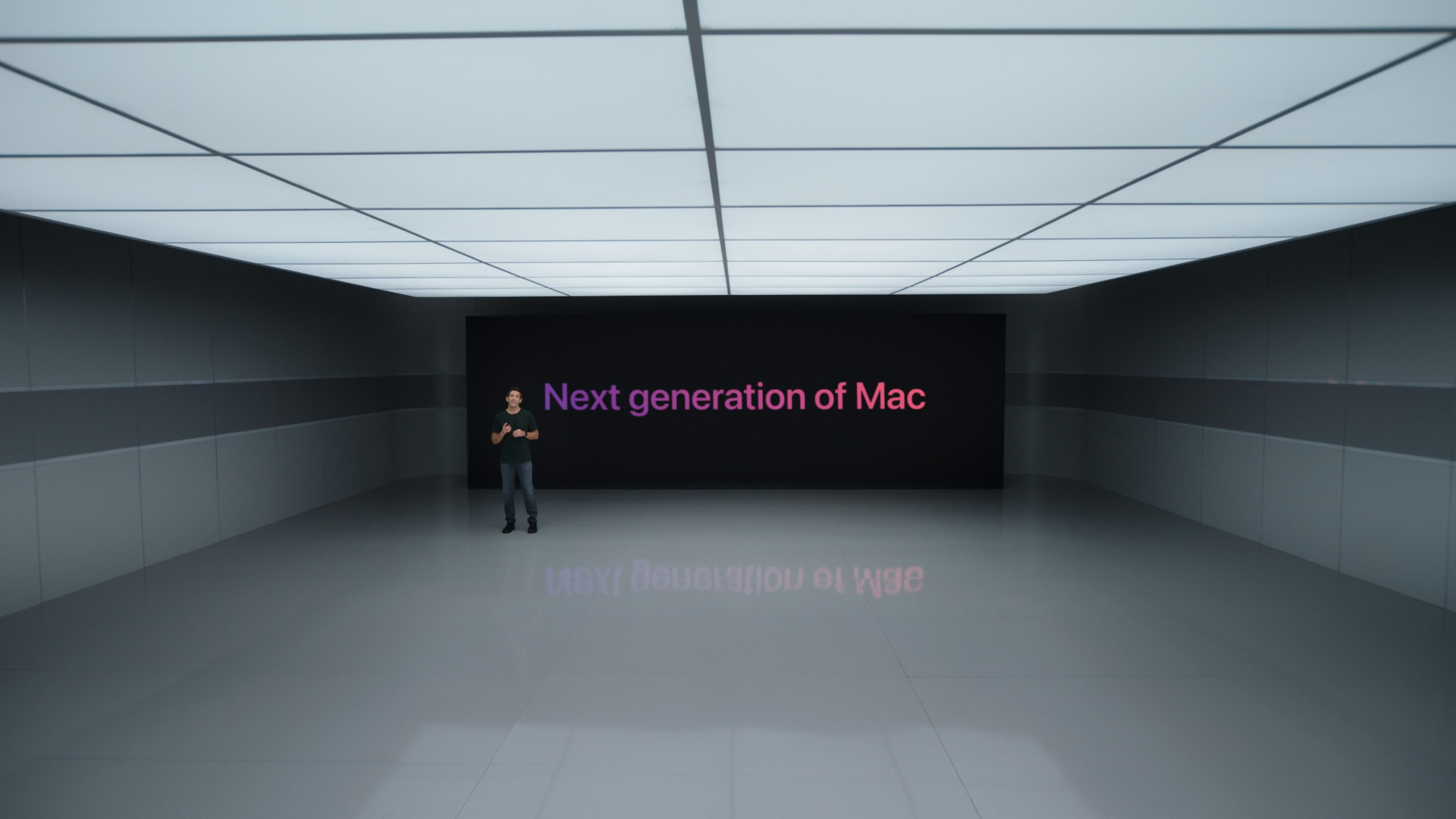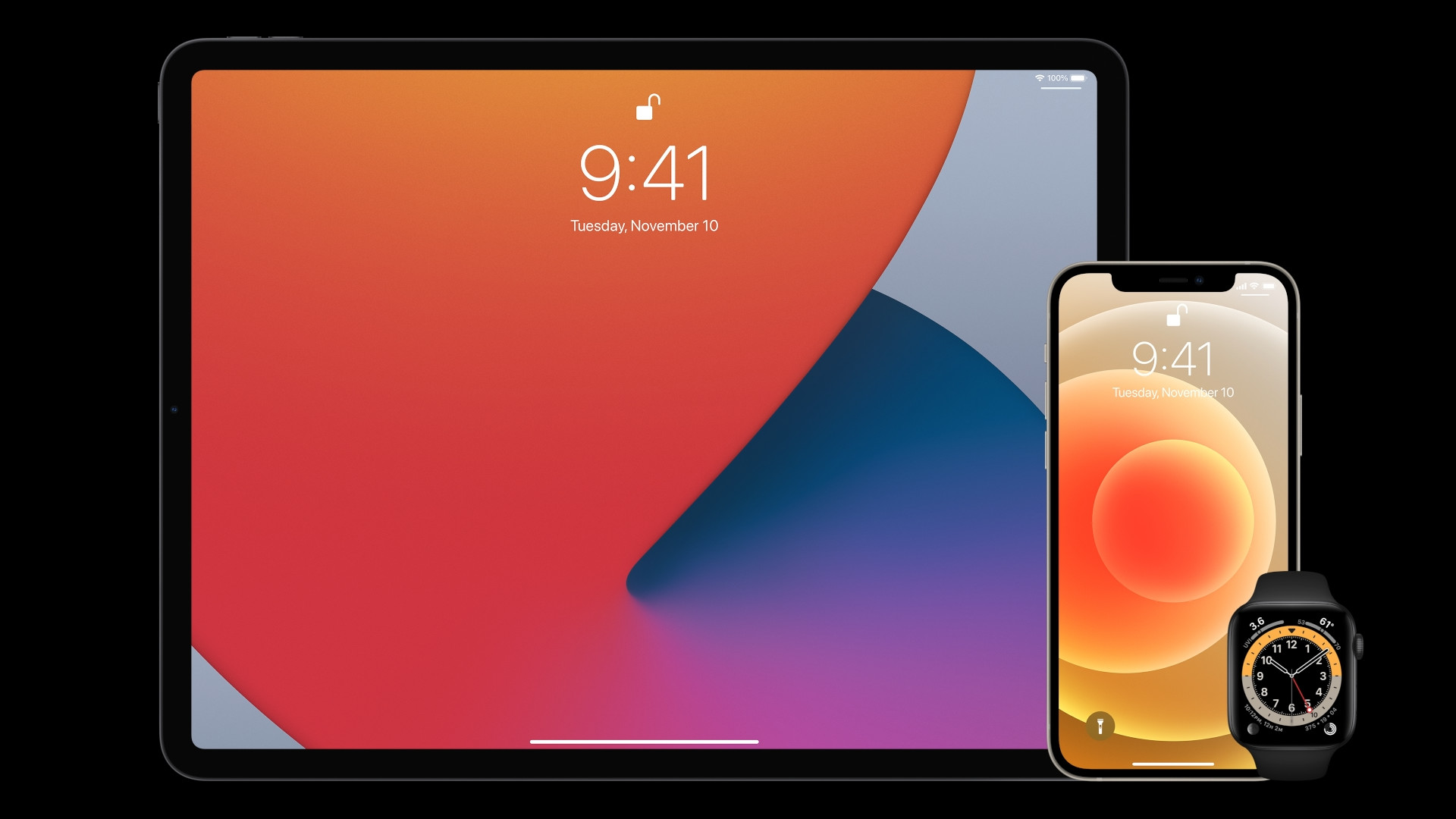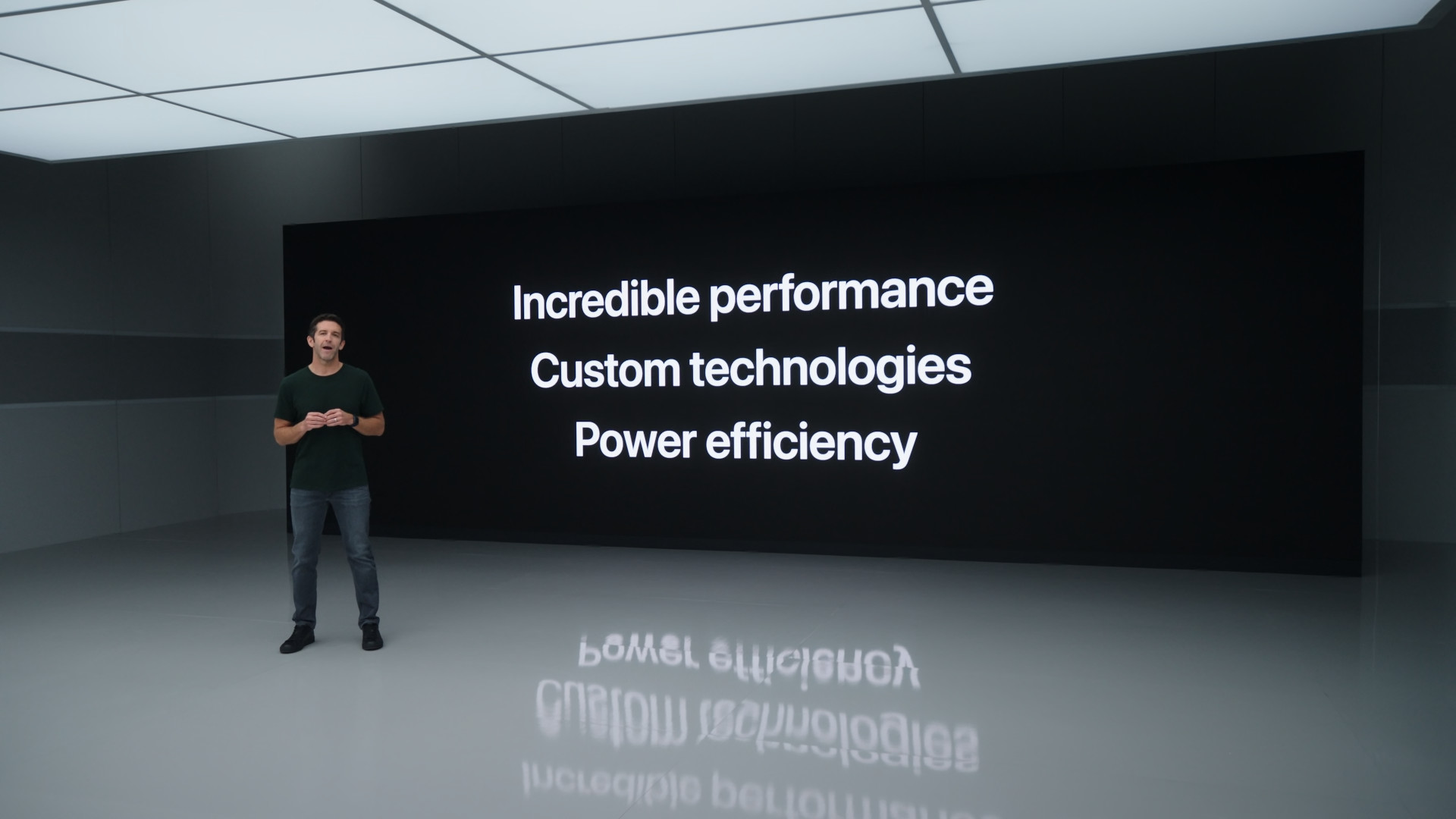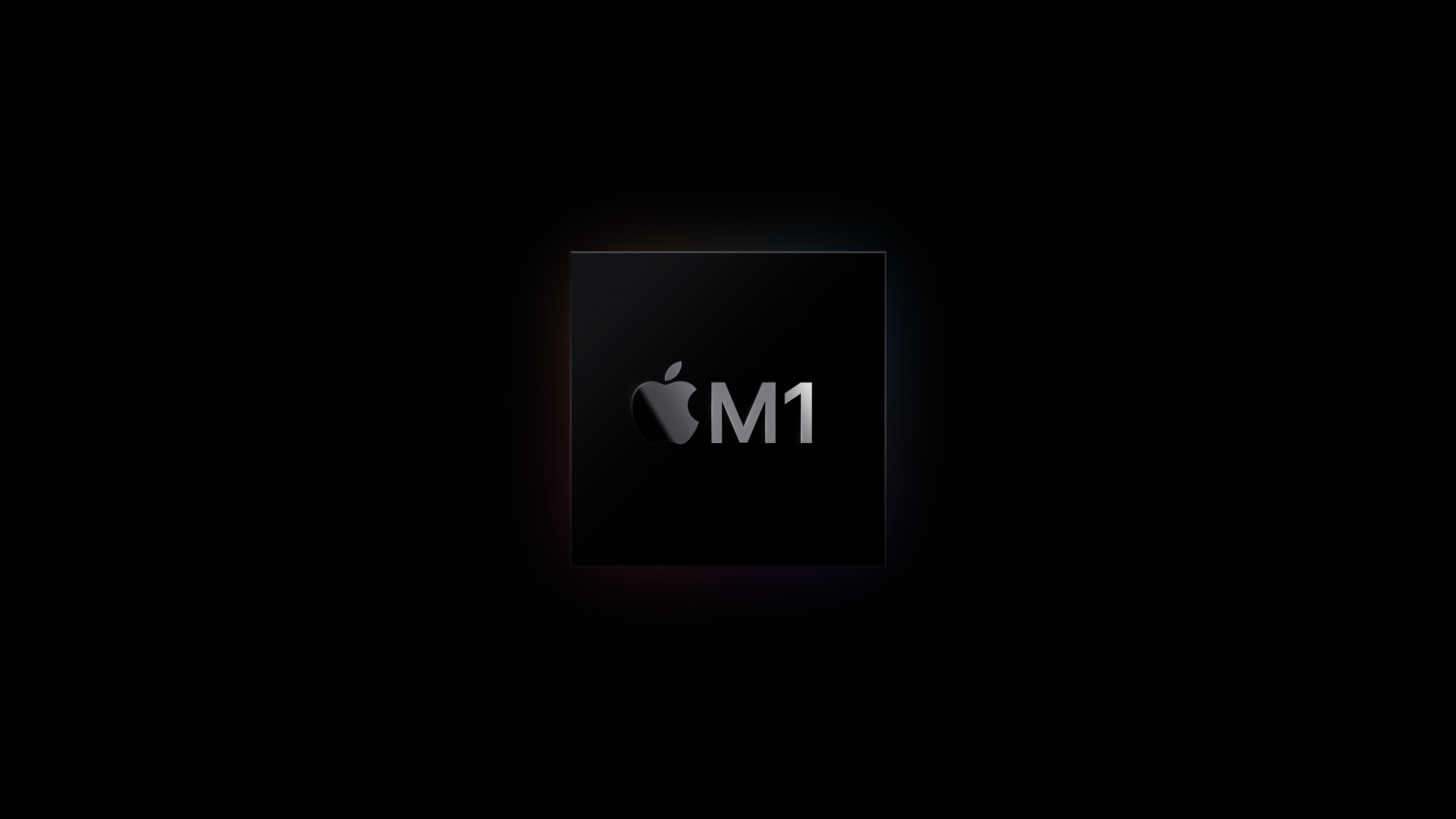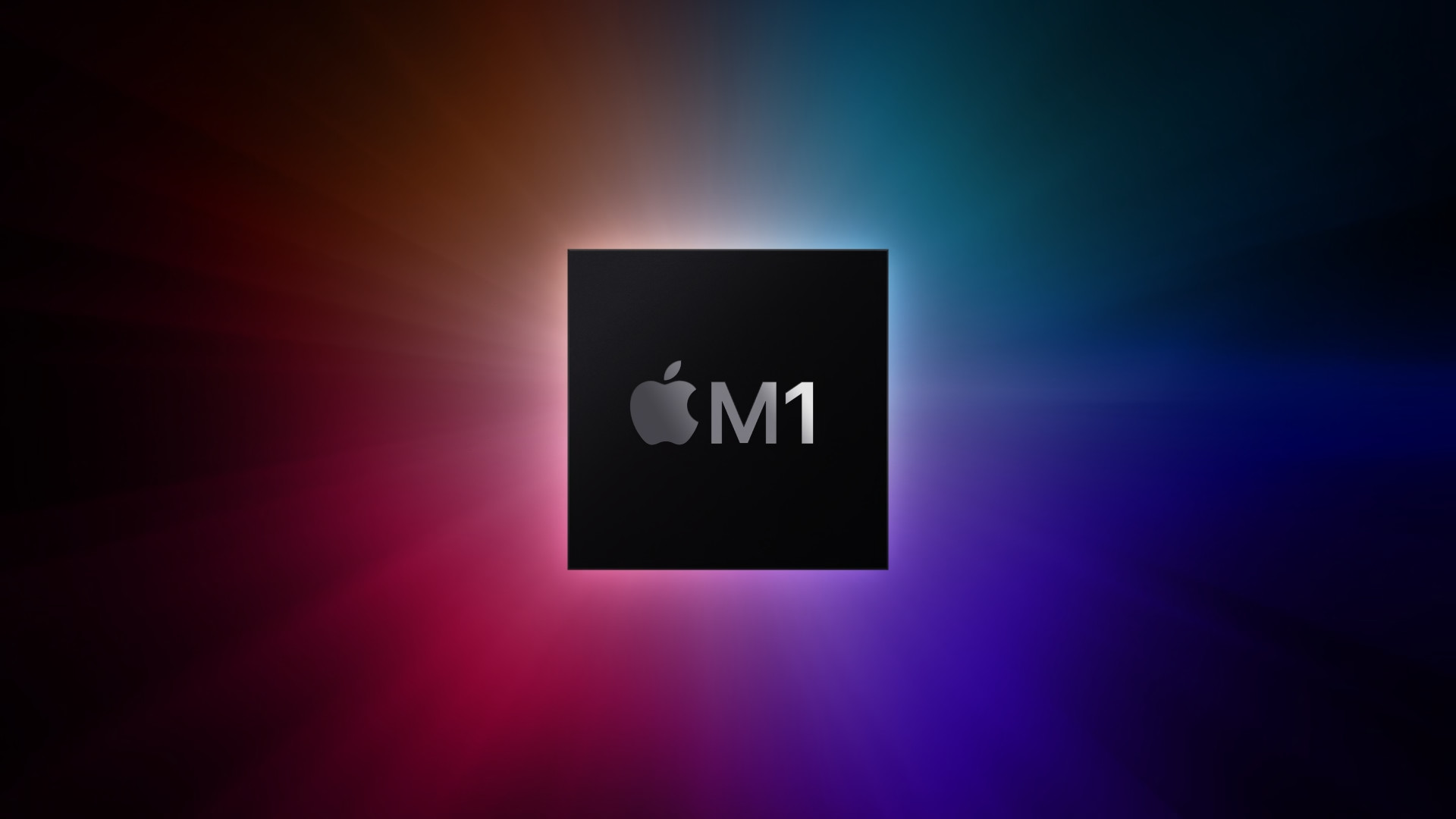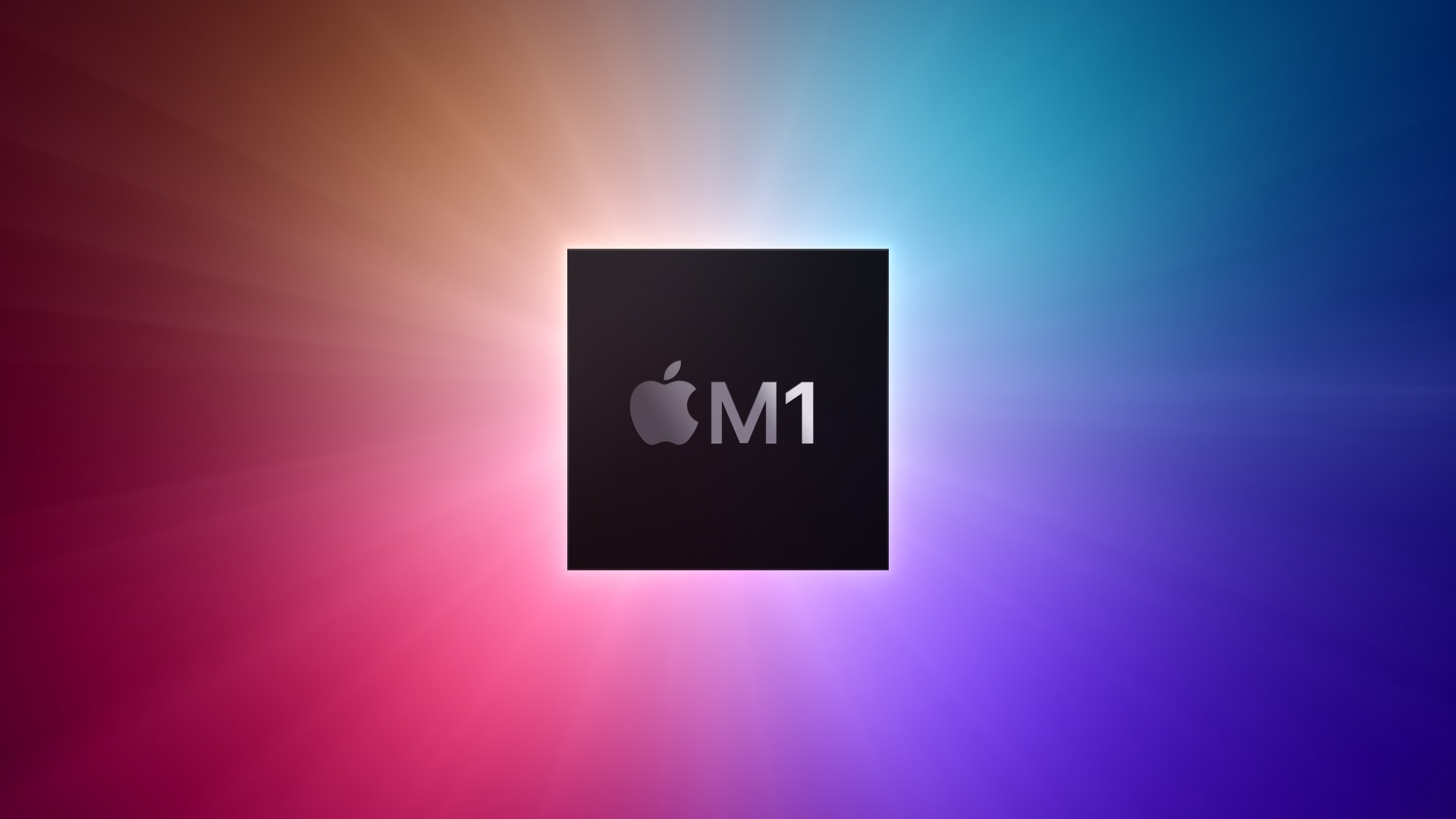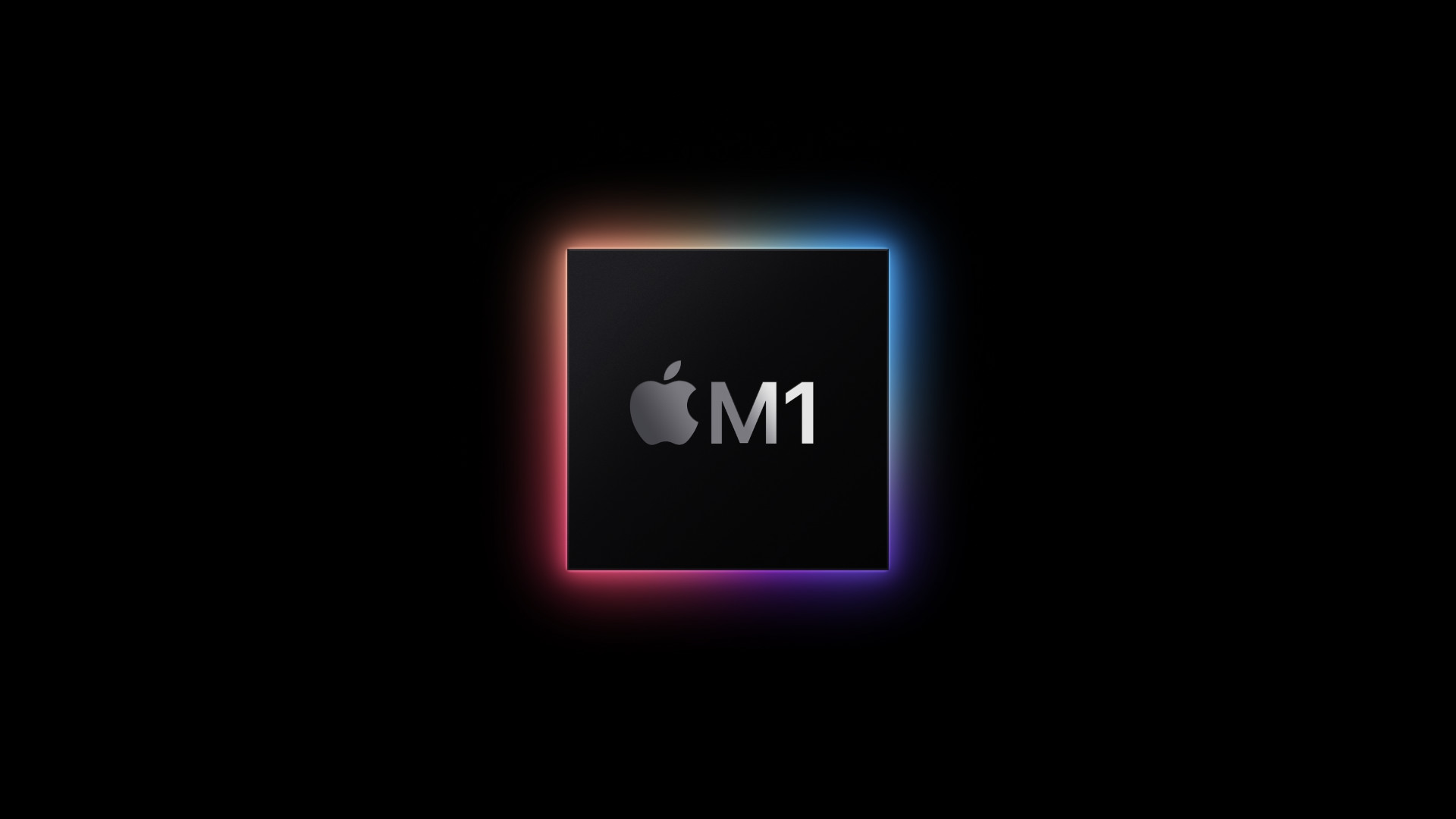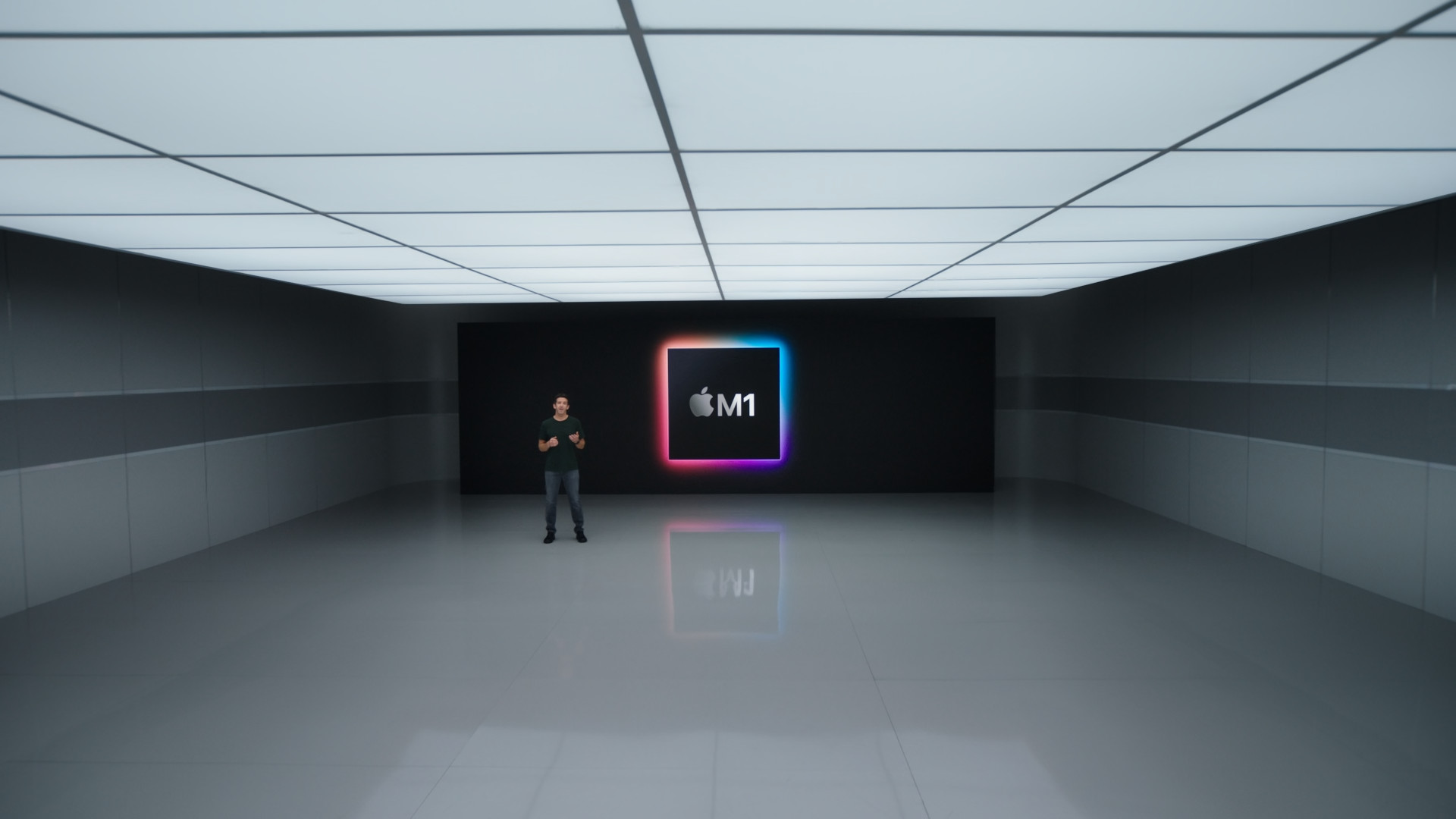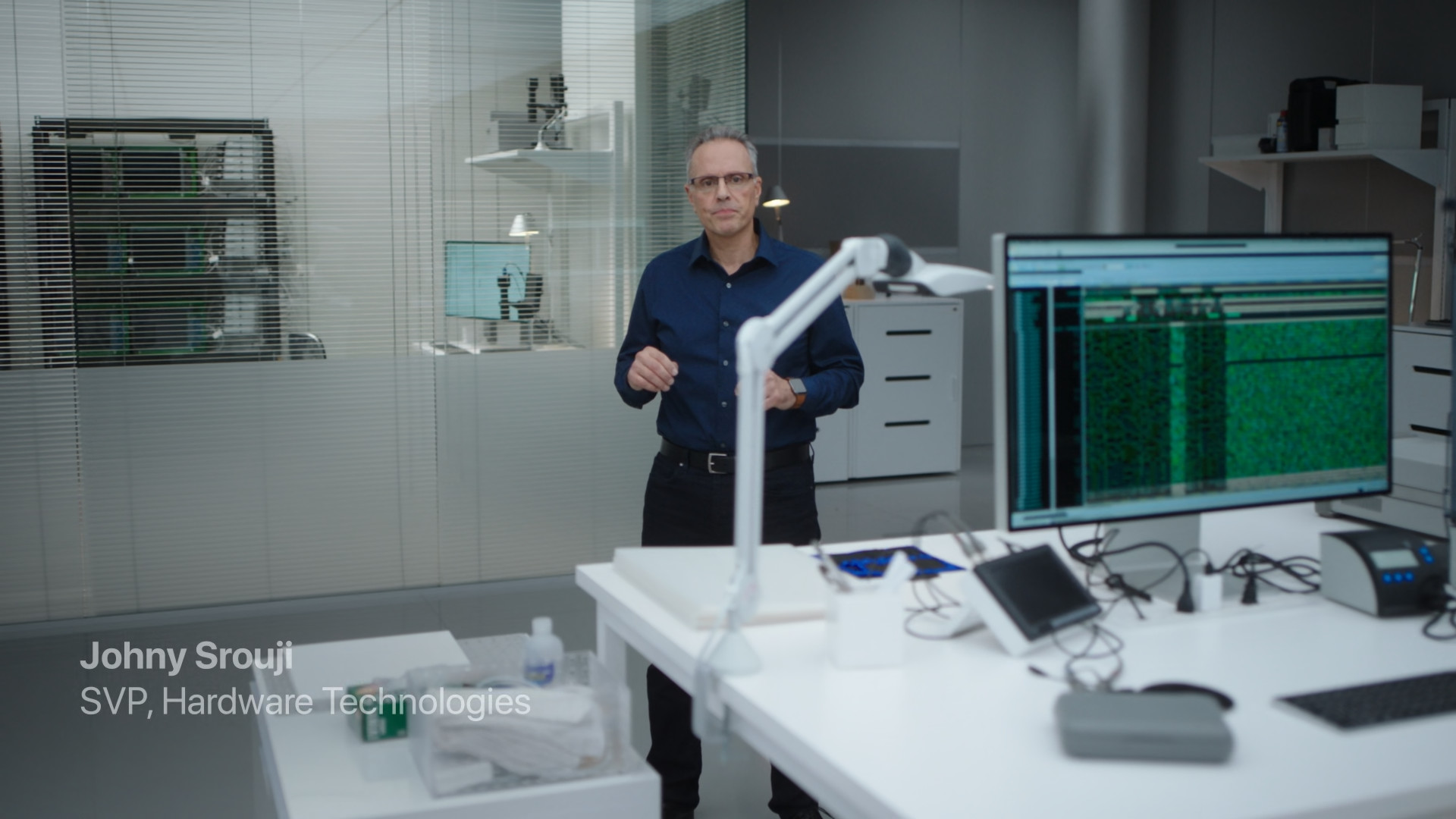When Apple introduced the first Macs with Apple Silicon, which are powered by its own chip called M1, it managed to both amaze the whole world and raise a lot of questions at the same time. Of course, they already appeared during the presentation of the Apple Silicon project as such, but this time everyone was curious as to whether their original predictions would actually come true. The biggest question was in the case of starting or virtualizing another operating system, primarily Windows of course. Since the M1 chip is based on a different architecture (ARM64), it unfortunately cannot run traditional operating systems such as Windows 10 (running on x86 architecture).
Recall the introduction of the M1 chip, the first in the Apple Silicon family, which currently powers 4 Macs and the iPad Pro:
Although it doesn't look the best with Windows specifically (for now), better times are shining for the next "big" player, which is Linux. For almost a year, a huge project has been underway to port Linux to Macs with the M1 chip. And the results look quite promising. A Linux Kernel for Macs with its own chip (Apple Silicon) was already available at the end of June. However, now the creators behind this have said that the Linux system is already usable as a regular desktop on these Apple devices. Asahi Linux now runs better than ever, but it still has its limitations and some flaws.
Drivers
In the current situation, it is already possible to run a fairly stable Linux on M1 Macs, but unfortunately it still lacks support for graphics acceleration, which is the case with the latest version labeled 5.16. Anyway, the team of programmers is hard at work on the project, thanks to which they managed to do something that some people might have thought was completely impossible when the Apple Silicon project was introduced. Specifically, they were able to port drivers for PCIe and USB-C PD. Other drivers for Printctrl, I2C, ASC mailbox, IOMMU 4K and device power management driver are also ready, but now they are waiting for careful checking and subsequent commissioning.

The creators then add how it actually works with the controllers. For their proper functionality, they need to be firmly connected to the hardware used and therefore to be aware of even the smallest details (for example, the number of pins and the like). After all, these are the requirements for the vast majority of chips, and with each new generation of hardware, the drivers also need to be modified to offer 100% support. However, Apple brings something completely new to this field and simply stands out from the rest. Thanks to this approach, it is theoretically possible that the drivers could work not only on Macs with M1, but also on their successors, which are among other possibilities the not-so-explored world of the ARM64 architecture. For example, the component called UART found in the M1 chip has an extensive history and we would find it even in the very first iPhone.
Will porting to newer Apple Silicon chips be easier?
Based on the information mentioned above, the question arises as to whether the eventual porting of Linux or its preparation for the expected Macs with newer chips will be easier. Of course, we don't know the answer to this question yet, at least not with 100% certainty. But according to the creators of the project, it is possible. In the current situation, it is necessary to wait for the arrival of Macs with M1X or M2 chips.
It could be interest you
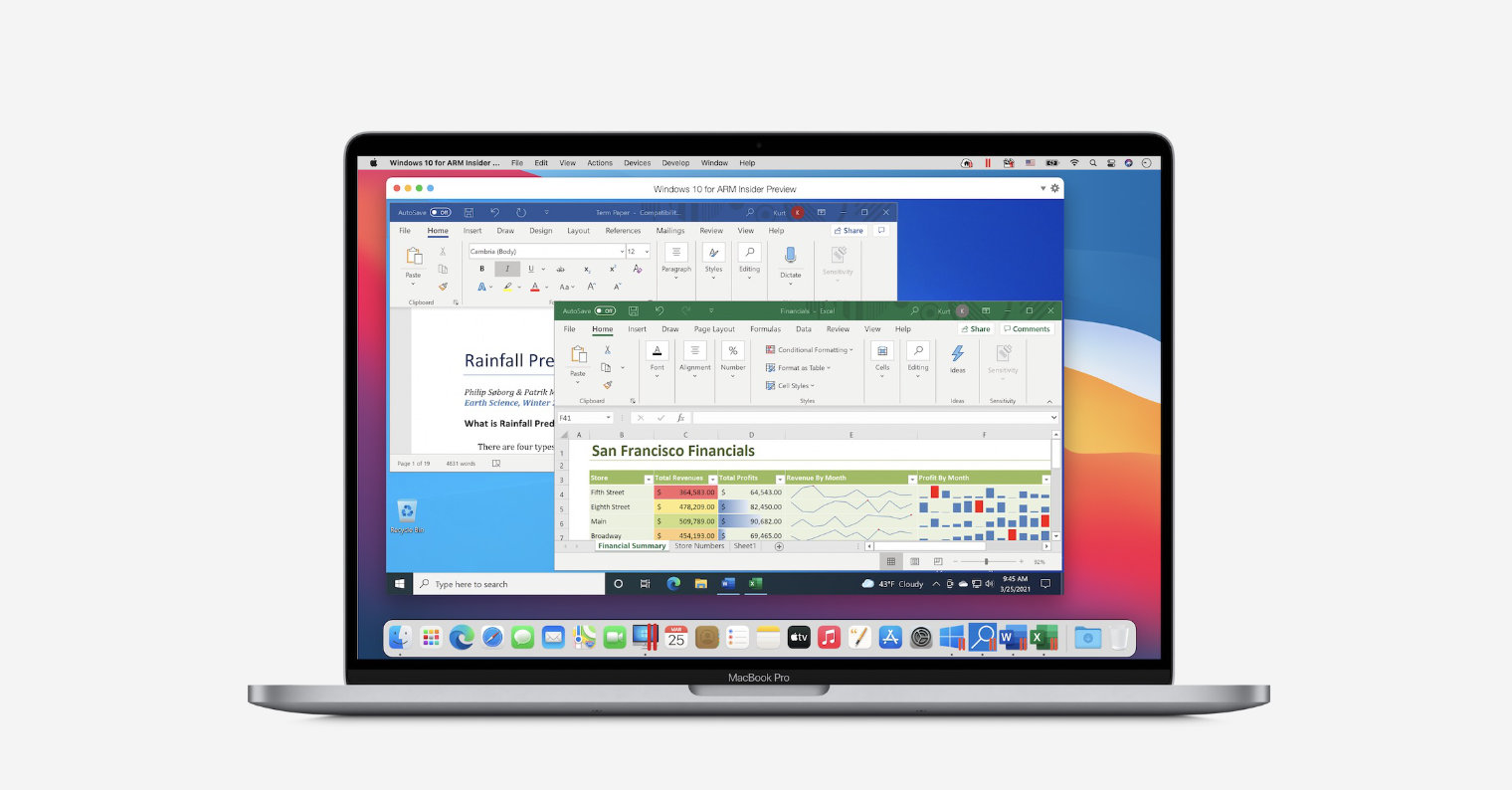
Anyway, now we can rejoice that the Asahi Linux project has moved several steps forward. Although a number of issues are still missing, for example the already mentioned support for GPU acceleration or some drivers, it is still a quite usable system. In addition, there is currently the question of where this segment will actually move over time.
